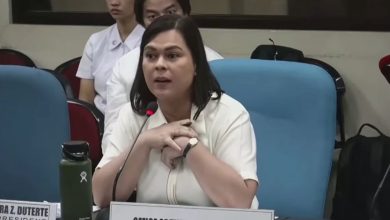DUBAI: In a recent study conducted by the international financial institution, World Bank, about 69 out of 100 Filipinos or 69 percent neither have single nor shared savings account.
This percentage is way above the global average of 38 percent, the developing economy average of 46 percent, and the East Asia and Pacific which averages at 31 percent.
Another research by Bangko Sentral ng Pilipinas (BSP) also showed that only 4 out of 10 Filipinos have savings and out of those 4, only one puts it in his or her savings in a bank. The BSP study also revealed that majority of Filipinos live from paycheck to paycheck. They have no funds to use when illness or an accident strikes.
The country suffers from low financial literacy. Either they do not have money to save, or do not fully understand the right concept of savings. “The most common saving habit of Filipino is saving only after what’s left from their salary. With regard to spending, we are all in tune on what other people is doing around us, thus the quote ‘We buy things we don’t need with money we don’t have to impress people we don’t like’,” said financial advisor, Arman Felipe. “Being caught in a debt trap is the most common mistakes of Filipinos that hampers their savings and investment.
People think that they using their own money, when buying things using their credit cards. Taking huge amount of loan that has no specific use/purpose than just merely for travels and buying stuff they don’t need. There’s good and bad debt and many people fell into the latter.
Good debts are the ones that give you profit in return,” he added. Felipe stressed the first thing that Filipinos need to do is lifestyle change. “Spend less than what you earn,” he said, “Start a monthly budgeting either using mobile apps, excel or writing it down on notes.
Keep yourself on track. Ideally, allot only 70 percent of your salary in expenses, 20 percent for saving/investment and the remaining 10 percent into tithes/ donations/charities.”




